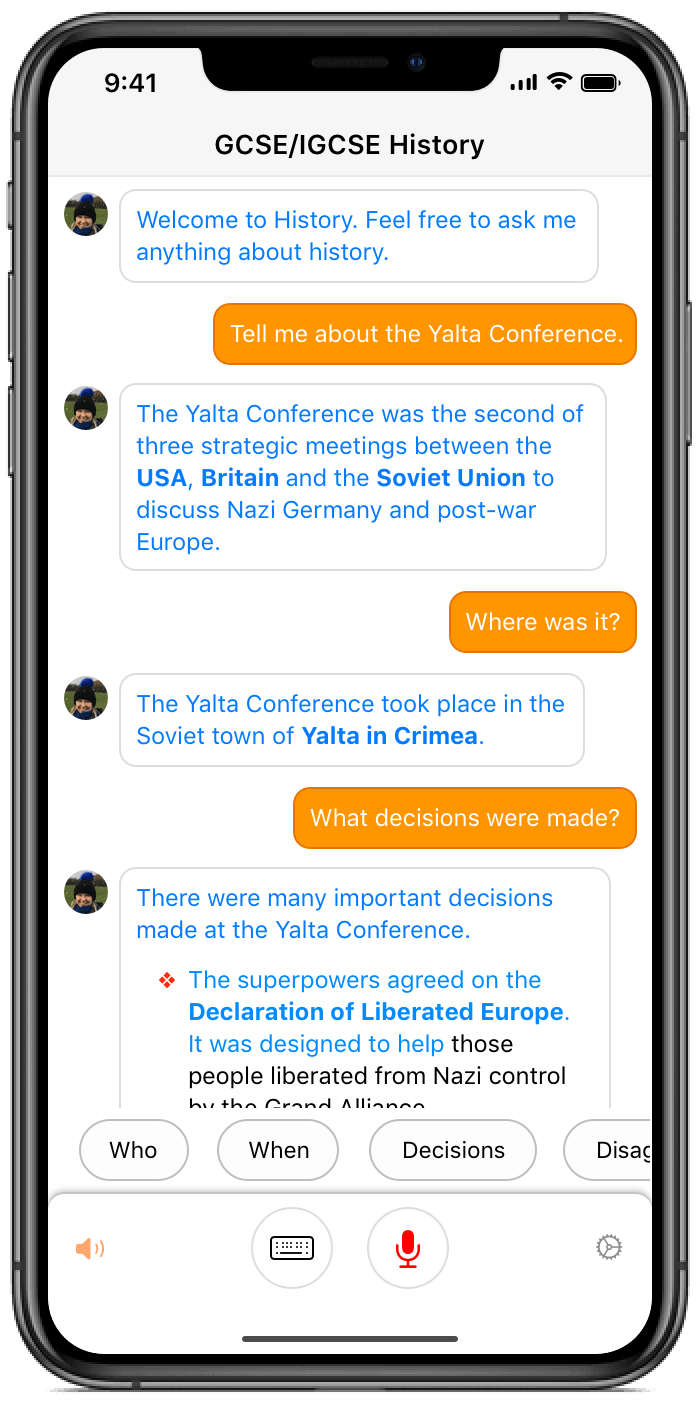The answers to this question and all your GCSE/iGCSE history topics is only a click away.
What was the role of slavery in the British Empire?
The slave trade is one of the darkest episodes of the British Empire. However, it had a great impact on the development of the Empire, as well as on modern Britain.
When did slavery in the British Empire happen?
England's involvement in the slave trade began in around 1619. The slave trade was abolished in 1807, while slavery itself was abolished in the British Empire in 1837.
Why did slavery in the British Empire happen?
There were a number of reasons why England became involved in the slave trade.
- ❖ The earliest trade in slaves was in the 1560s, when John Hawkins captured a Portuguese ship carrying slaves to the Caribbean.
- ❖ Growing sugar in the Caribbean was labour-intensive, but the European settlers were not suited to the climate, nor the back-breaking work needed.
- ❖ Enslaved Africans were more suited to the climate, and - as slaves - they were treated harshly, often worked to death.
- ❖ As a result, slavery was cheaper than using paid labour, and therefore profits could be maximised.
How many slaves were taken to the British Empire?
Around 2.3 million Africans were taken to the British Caribbean as slaves. By 1710, 80% of the population of Barbados were slaves.
What was the significance of slavery in the British Empire?
These were some of the ways in which slavery was significant.
- ❖ Using slaves on the Caribbean sugar plantations helped to create vast profits for the plantation owners.
- ❖ As a result, slavery played an important role in the economic growth of the British Empire.
- ❖ British cities such as Liverpool, Bristol and Glasgow became very wealthy as a result of their involvement in the slave trade.
- ❖ The freed descendents of the slaves in the Caribbean migrated to Britain in the 20th Century, playing a vital role in Britain's economic recovery after World War II.
- ❖ The migration of black people from the Caribbean has contributed to making Britain the multicultural society it is today.
- ❖ In recent years, Britain has been forced to acknowledge its role in the slave trade, which has led to many questions about inequality in society today.
What was the 'slave triangle'?
There were three parts of the Slave Triangle:
- ❖ The first part of the journey involved traders leaving Britain as well as other European Ports, and boarding their ships to the West Coast of Africa.
- ❖ The second leg of the journey involved trading the goods with African tribes in return for slaves - prisoners, or kidnapped victims from other tribes. The slaves then made the journey across the Atlantic to the Americas, in what was called the Middle Passage.
- ❖ Once they got off the the ship, the slaves were sold to the plantation owners and farmers. Raw materials such as tobacco, sugar and cotton, were then brought back to Britain.
The answers to this question and all your GCSE/iGCSE history topics is only a click away.



